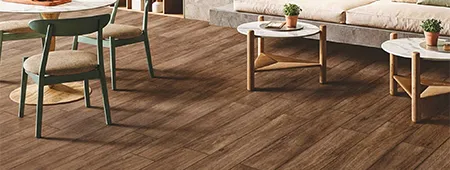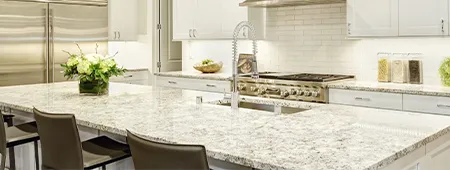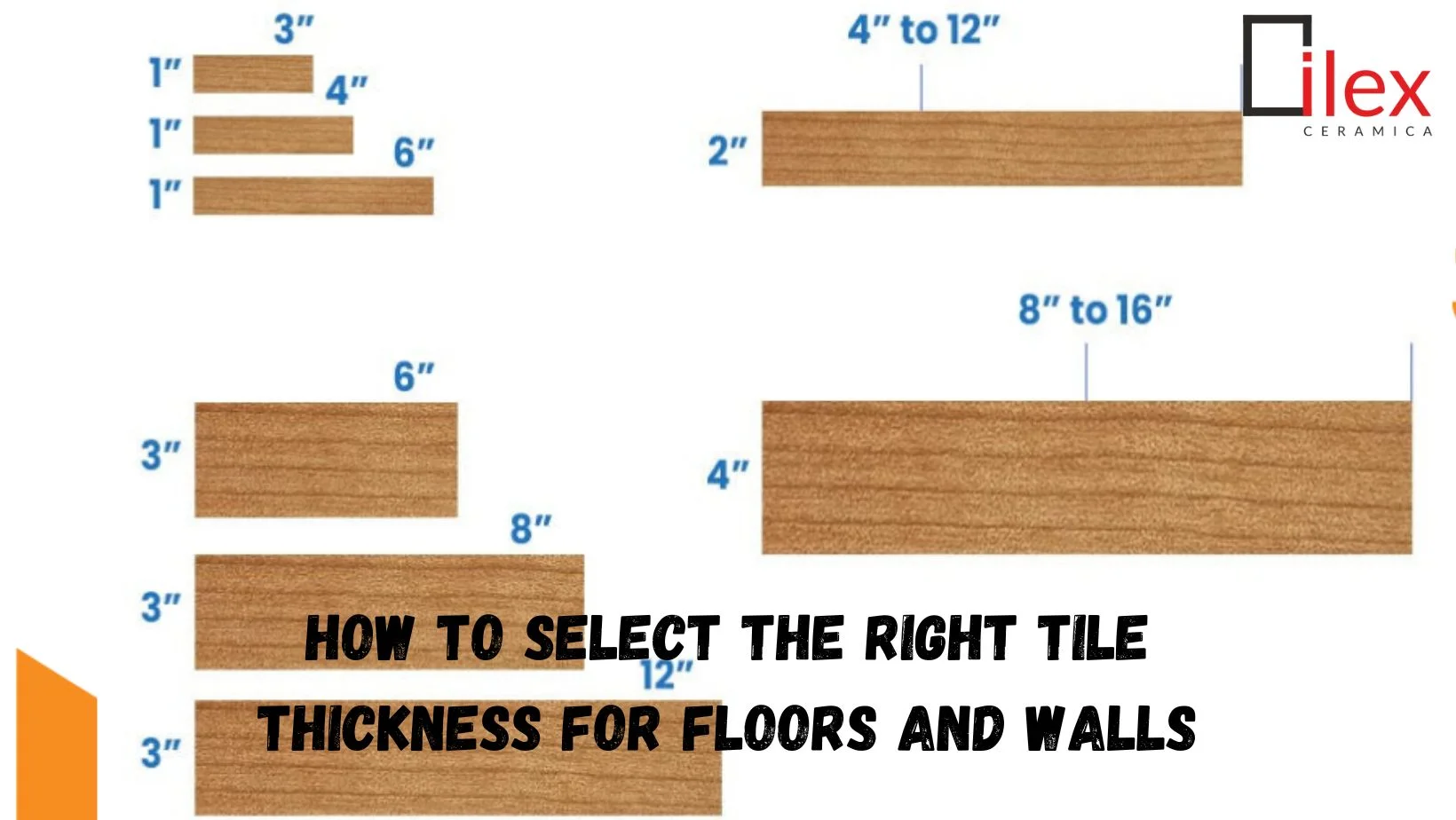07 July, 2025
Most of the time, when people are planning a tiling project, their main concern is proper design, color, or finish choice, but the thickness of the tiles is one of the key elements directly affecting the durability, functionality, and safety of the resulting space. Next time when you choose to tile a wall in bathroom, a backsplash in your kitchen, a floor in your living room or a patio outside, always take care of tile thickness as right thickness will make tiles behaving the way they are supposed to behave at certain loads, foot traffic, moisture, humidity and temperature fluctuations.
This detailed step-by-step guide will teach you how to choose the best tile thickness to use both in your walls and floors, and this will be reinforced with the best expert advice, tips and responses to the frequently asked questions by instant users.
Why Does Tile Thickness Matter?
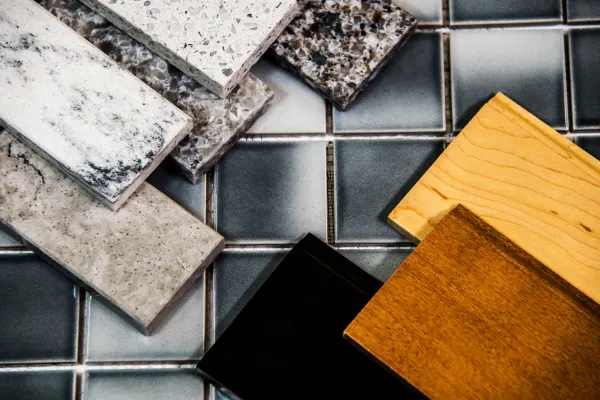
Tile-thickness is more than a physical dimension of tiles since it indicates how your tiles will fare with pressure, temperature change, water effects, and everyday use and abuse.
In the case of walls, wall tile thickness is important as thinner tiles decrease the strain on the walls and make work easier, and lighter tiles may just cause the wall to have unnecessary weights due to the use of more special reinforcements.
In floors, tiles used should have proper floor tile thickness to resist load more and withstand furniture and foot traffic as well as possible impacts such as falling objects or heavy appliances.
When used in commercial or outdoor locations, tiles are subjected to worse conditions like constant traffic, vehicle weight, or weather conditions, and as such, perhaps a little more thickness is needed to last long and remain safe, such as 20mm tiles that are designed for such applications.
Failure to consider the thickness of tiles may cause cracks, uneven tiles, poor adhesion, and low durability of the installation, which will be discovered at great cost, too late.
Standard Tile Thickness for Floors and Walls
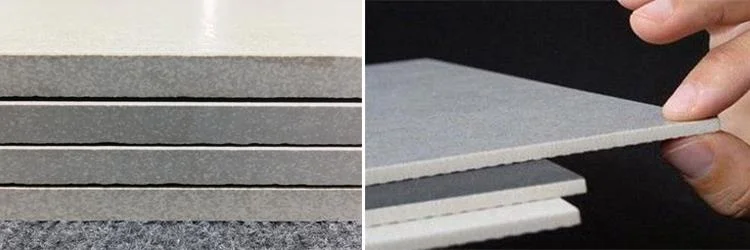
1. Wall Tiles: Recommended Thickness
Ideal Thickness Range: 6 mm to 10 mm
The wall tiles are normally thinner since they do not support weights or high impacts. Interior walls, backsplash, and bathroom partitions are often constructed using tiles of 6-8 mm size because of their lightweight and easy handling at time of vertical installations.
In high-affinity or luxury bathroom situations, larger or 3D wall tiles can extend up to 10-12 mm so as to produce depth, texture, or artistic effects - again, this type of wall tile application needs high-performance adhesives and, in some cases, reinforced wall substrates.
ProTip: Lighter tiles reduce installation costs and risks, especially on weak or old walls, and the proper wall tile thickness enhances safety.
2. Floor Tiles: Recommended Thickness
Ideal Thickness Range: 8 mm to 12 mm
Floor tiles are subject to foot traffic, moving of furniture, and the weight of appliances and bumps; they will therefore need to be thicker than wall tiles. Tiles required in residential flooring are mostly 8-10 mm thick, as it is enough in a living room, kitchen, and bedrooms where proper floor tile thickness is essential.
In commercial buildings or areas that have heavy use, such as shopping malls, lobbies, and airport bathrooms, a tile range of 12 mm or thicker material is suggested because it is easy to break or chip if the floor tile thickness is insufficient. In outdoor or extreme conditions, 20mm tiles are often preferred for their strength and durability.
Pro Tip: Always ensure the substrate (floor base) is strong enough to support the extra tile weight if opting for thicker flooring tiles.
3. Large Format & Porcelain Slabs
Available Thickness Range: 6 mm to 20 mm
Large-format tiles and porcelain slabs have gained popularity for their ability to cover vast areas with minimal joints, offering a seamless and luxurious look. The correct porcelain tile thickness ensures that these large tiles perform as expected.
• 6 to 8 mm: Ideal for vertical wall cladding, elevator lobbies, and decorative facades.
• 9 to 12 mm: Common for spacious residential or commercial floors.
• 12 to 20 mm: Perfect for heavy-duty applications like kitchen countertops, tabletops, and industrial flooring where exceptional strength is needed, this is where 20mm tiles come into play.
The larger the tile, the thicker it should be to prevent bowing or breakage during handling and use.
4. Mosaic & Decorative Tiles
Typical Thickness Range: 4 mm to 8 mm
The main purposes of mosaic tiles are decorative, such as wall ornaments, kitchen backsplash, or a niche in the bathroom. The mosaic tile thickness makes them easy to cut, shape and fit into small areas or curved spaces due to their thin shape.
Mosaic tiles, however, are inapplicable in floor areas that attract heavy loads, except where they have been reinforced or utilized in low-traffic areas like the floor of showers with an anti-slippery layer of coatings.
How to Select the Right Tile Thickness for Your Project
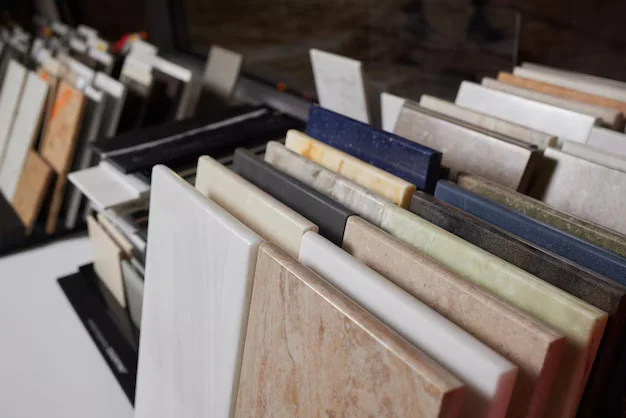
1. Determine the Location
Where you plan to install tiles plays a vital role in deciding their thickness. Different spaces require tiles of varying strength and weight capacity based on usage and environment.
Key Points:
• Walls: 6 to 8 mm
• Indoor Floors: 8 to 12 mm
• Outdoor Areas: 15 to 20 mm
2. Understand the Traffic Load
The expected amount of foot or object traffic affects the thickness choice. High-traffic areas need thicker, more impact-resistant tiles to prevent wear and cracks.
Key Points:
• Low Traffic (Bedrooms, Studies): 8 mm
• Medium Traffic (Living Rooms, Kitchens): 10 to 12 mm
• High Traffic (Commercial, Garages): 12 to 15 mm or more, porcelain tile thickness matters greatly here, especially with 20mm tiles for heavy-duty performance.
3. Consider Installation Type
Different applications need appropriate tile thickness for safety and performance. The installation surface (wall, floor, countertop) decides the suitable thickness range.
Key Points:
• Wall Installation: 6 to 8 mm
• Floor Installation: 8 to 12 mm
• Countertops & Tables: 12 to 20 mm
4. Tile Size vs. Thickness Relationship
Larger tiles require added thickness to avoid cracking and ensure a strong, stable installation. The balance between tile size and thickness is essential for lasting results.
Key Points:
• Small Tiles (300x300 mm): 6 to 8 mm
• Medium Tiles (600x600 mm): 9 to 10 mm
• Large Slabs (800x800 mm+): 10 to 12 mm or more
5. Subfloor & Substrate Strength
Your base surface must be strong enough to hold the tile's weight and thickness. Poor subfloors can lead to cracked tiles and surface failures, so check and prepare accordingly.
Key Points:
• Even & Strong Subfloor: Supports thicker tiles
• Weak or Uneven Subfloor: Requires leveling or thinner tiles, such as subway tile thickness
• Outdoor Bases: Must handle heavy load-bearing tiles, like 20mm tiles
How to Calculate Total Tile Installation Thickness
To determine the total thickness of your tiled surface, add:
1. Tile thickness
2. Thinset/mortar layer (typically 3 mm)
3. Underlayment or cement board (if used, varies by product)
Example:
A 10 mm tile (ceramic tile thickness) + 3 mm thinset + 6 mm underlayment = 19 mm total thickness
Recommended Tile Thickness & Types for Different Spaces
|
Space |
Wall Tile Thickness & Types |
Floor Tile Thickness & Types |
|---|---|---|
|
Living Room |
6–8 mm |
8–12 mm |
|
Kitchen |
6–8 mm |
10–12 mm |
|
Bathroom |
6–8 mm |
10–12 mm |
|
Bedroom |
6–8 mm |
8–10 mm |
|
Commercial Areas (Offices, Shops) |
8–10 mm |
12–15 mm |
|
Outdoor Patios / Terraces |
8–10 mm |
15–20 mm |
|
Driveways / Garages |
8–10 mm |
15–20 mm |
|
Countertops / Vanities |
12–20 mm |
12–20 mm |
|
Elevator Lobby / Building Facade |
6–12 mm |
12–15 mm |
Premium Tiles in Every Size, Finish & Thickness – Ilex Ceramica
Ilex Ceramica is one of the dominant tile makers and exporters, with an industry-wide variety of quality tiles covering various exigencies of architecture and interiors. Their linewashing products are wall tiles, floor tiles, large-format slabs, and porcelain panels in glossy, matte, textured, and satin finishes, which can be used in modern and classic premises. Ilex Ceramica offers tiles of different sizes and thicknesses, including mosaic tile thickness, subway tile thickness, and even 20mm tiles to have the best-suited solutions in residential, commercial, and industrial projects. Devoted to innovative solutions, quality, and design, Ilex Ceramica offers solutions that meet beauty and perfect performance in each project, to every corner of the globe.
Conclusion
Conclusively, there is a need to consider the appropriate tile thickness choice to establish the durability and functionality, as well as aesthetic values of every household or even commercial premise. The right thickness applies to walls and floors, countertops, and outdoor places, which would improve the performance of the tile under various circumstances and conditions, i.e., its performance amidst load, traffic, and exposure. Evaluating such aspects as location, usage, tile size and strength of substances, one will be able to provide a well-grounded decision ensuring durable results and cost-effectiveness of investment.
Frequently Asked Questions (FAQs)
1. What is the ideal tile thickness for kitchen backsplashes?
For backsplashes, tiles between 6-8 mm are ideal, lightweight, easy to cut, and simple to fix with minimal adhesive.
2. Can I use thin tiles on floors?
Not recommended. Thin tiles (4-6 mm) lack strength for flooring and may crack under weight. Use at least 8 mm or more for residential floors.
3. What tile thickness is best for outdoor driveways?
Outdoor driveways require 15 mm or thicker tiles, preferably with anti-slip texture and high breaking strength to handle vehicles and heavy loads.
4. Does tile thickness affect cost?
Yes. Thicker tiles generally cost more due to increased material usage and heavier handling during transport and installation.
5. Are thicker tiles harder to install?
Yes, they can be. Thicker tiles are heavier, may require stronger adhesives, and take longer to set. Professional installation is highly recommended.

